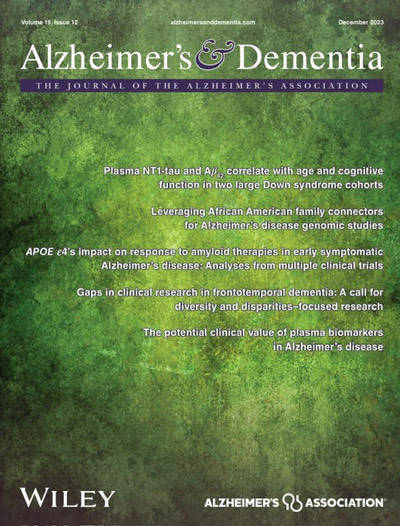The interaction between dysfunction of vasculature and tauopathy in Alzheimer's disease and related dementias
Abstract
Tauopathy is one of the pathological features of Alzheimer's disease and related dementias (ADRD). At present, there have been many studies on the formation, deposition, and intercellular transmission of tau in neurons and immune cells. The vasculature is an important component of the central nervous system. This review discusses the interaction between vasculature and tau in detail from three aspects. (1) The vascular risk factors (VRFs) discussed in this review include diabetes mellitus (DM), abnormal blood pressure (BP), and hypercholesterolemia. (2) In ADRD pathology, the hyperphosphorylation and deposition of tau interact with disrupted vasculature, such as different cells (endothelial cells, smooth muscular cells, and pericytes), the blood−brain barrier (BBB), and the cerebral lymphatic system. (3) The functions of vasculature are regulated by various signaling transductions. Endothelial nitric oxide synthase/nitric oxide, calcium signaling, Rho/Rho-associated coiled-coil containing Kinase, and receptors for advanced glycation end products are discussed in this review. Our findings indicate that the prevention and treatment of vascular health may be a potential target for ADRD combination therapy.
Highlights
- Persistent VRFs increase early disruption of vascular mechanisms and are strongly associated with tau pathology in ADRD.
- Cell dysfunction in the vasculature causes BBB leakage and drainage incapacity of the cerebral lymphatic system, which interacts with tau pathology.
- Signaling molecules in the vasculature regulate vasodilation and contraction, angiogenesis, and CBF. Abnormal signaling transduction is related to tau hyperphosphorylation and deposition.


 求助内容:
求助内容: 应助结果提醒方式:
应助结果提醒方式:


